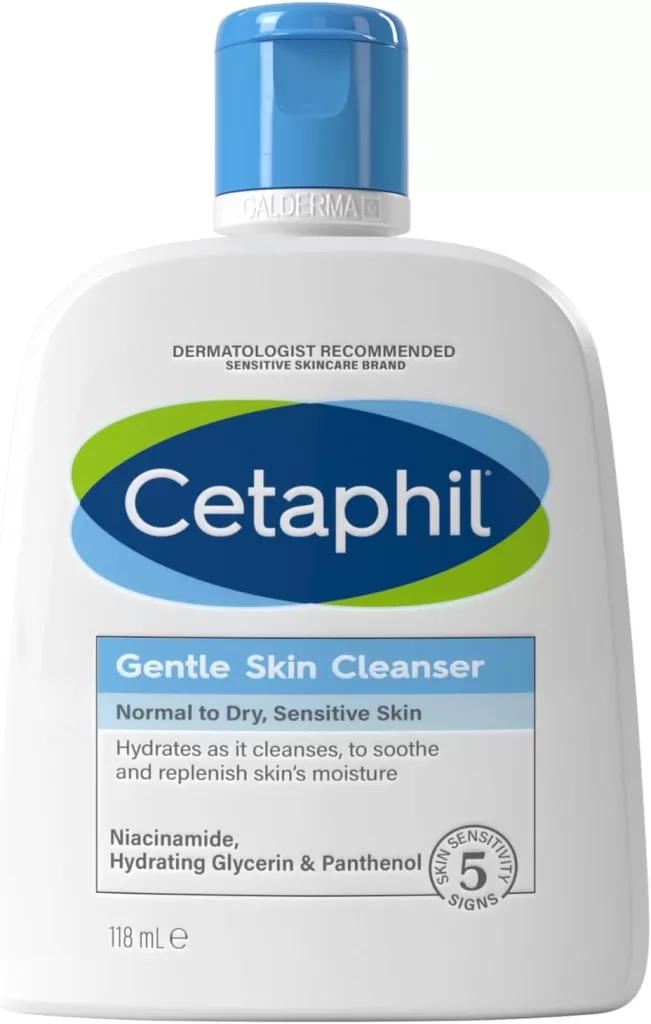Decoding Skincare: Your Ultimate Guide to Healthy, Radiant Skin
Skincare Routine Simplified: Skincare can often feel like navigating a maze of conflicting advice, endless product options, and uncertain results. With countless questions arising about what to use, how to use it, and where to find the right products, it’s no surprise that many feel overwhelmed. This comprehensive guide addresses the “where” and “how” of skincare, offering clear solutions for achieving healthy, radiant skin.
Where to Begin with Skincare
1. Assess Your Skin Type
Skincare Routine Simplified: Your skin type is the foundation of your skincare journey. Knowing whether you have oily, dry, combination, sensitive, or normal skin helps you select the most effective products.
- How to Determine Your Skin Type:
- Wash your face with a gentle cleanser and pat dry.
- Wait for an hour without applying products.
- Observe:
- Oily: Noticeable shine and visible pores.
- Dry: Tightness or flakiness.
- Combination: Oily T-zone but dry cheeks.
- Sensitive: Redness or irritation.
- Normal: Balanced and comfortable.
How to Choose Product Textures for Different Skin Types
Understanding your skin type is crucial when selecting skincare products, especially when considering the texture of these products. Here’s a breakdown of how to approach this:
Normal to Dry Skin
- Creamy and Lotion-Based Textures: For those with normal to dry skin, the goal is to provide nourishment and hydration. Rich, creamy formulas and lotions are ideal as they seal in moisture and help maintain skin’s natural barrier. These textures are perfect for preventing dryness and enhancing softness.
Oily Skin
- Lightweight and Liquid Formulas: If you have oily skin, it’s important to opt for products that won’t contribute to excess oil production. Lightweight gels, serums, or liquid-based products are preferable. These textures provide necessary hydration without clogging pores, keeping your skin fresh and shine-free.
Combination Skin
- Targeted Approach: Combination skin requires a bit more strategy. For the oil-prone areas, such as the T-zone, use lightweight textures that help balance sebum production. On the other hand, for the drier areas, apply richer lotions or creams to provide adequate hydration. This tailored approach ensures each area of your face gets the care it needs.
By selecting the right textures for your skin type, you’ll enhance the effectiveness of your skincare routine and promote a healthier complexion. Remember, listening to your skin and its needs is essential in crafting the ideal skincare regimen.
2. Identify Skin Concerns
Pinpointing specific concerns—such as acne, dark spots, or fine lines—ensures targeted care.
- Where to Start:
- Acne: Look for salicylic acid or benzoyl peroxide.
- Dark Spots: Seek niacinamide or vitamin C.
- Fine Lines: Incorporate retinol or peptides.
3. Simplify Your Routine
Starting with a basic routine prevents overwhelming your skin.
- Where to Focus:
- Cleanser: A gentle cleanser suited to your skin type. If your skin is normal to dry, look for a cleanser with a rich, creamy texture or a lotion base. These options help to gently cleanse while nourishing your skin, preventing it from becoming even drier. For those with oily to combination skin, opt for a gel or light lotion texture. These formulations are effective in removing excess oil without stripping your skin of its natural moisture.
- Moisturizer: Hydrate and protect.
- Applying your SPF moisturiser should be the final step in your morning routine. Ensure that it’s evenly distributed across your face and neck, offering a barrier against UV rays throughout the day. This practice not only helps maintain youthful skin but also prevents long-term damage. Prioritising SPF in your daily regimen is a smart move for healthier, more resilient skin.
- Sunscreen: Always wear SPF 30 or higher during the day. This simple step is crucial in your skincare routine because it shields your skin from harmful sun damage. Sun exposure is the top cause of wrinkles, brown spots, and other signs of aging. By incorporating an SPF moisturiser, you effectively protect your skin while keeping it hydrated.

Why is it Important to Have a Personalized Skincare Routine?
Skincare Routine Simplified: A personalized skincare routine is crucial because it caters to your unique skin needs and conditions. Unlike one-size-fits-all solutions, a tailored regimen ensures that you give your skin exactly what it requires to stay healthy and radiant.
Benefits of a Personalized Approach:
- Targeting Specific Concerns: Everyone’s skin is different, with specific concerns like acne, dryness, oiliness, or sensitivity. A custom routine allows you to address these issues effectively.
- Optimizing Product Use: With a personalized routine, you can combine products that complement each other, maximizing their benefits. This means fewer breakouts, greater hydration, and better protection against environmental stressors.
- Efficient Use of Time and Money: By focusing on products that truly work for you, you avoid wasting resources on ineffective solutions. Investing in the right products for your skin type ensures you’re getting the best value for your money.
Essential Components
- Cleansers: The first step in any routine, picking a cleanser that suits your skin type is crucial for removing impurities without stripping essential oils.
- Toners & Serums: Choose formulas that target your specific skincare needs such as brightening, hydration, or anti-aging.
- Moisturizers: Keeping your skin moisturized helps maintain its barrier and keeps it looking supple. Select a product based on whether your skin is oily, dry, or combination.
- Sunscreen: No routine is complete without protection against UV damage. A personalized SPF product ensures full coverage suitable for your daily lifestyle.
The Bottom Line
Developing a personalized skincare routine empowers you to achieve the healthiest skin possible by focusing on its unique needs. Not only does it help in treating and preventing issues, but it also instills a sense of self-care and confidence. So, investing the time to understand your skin pays off with long-term benefits.
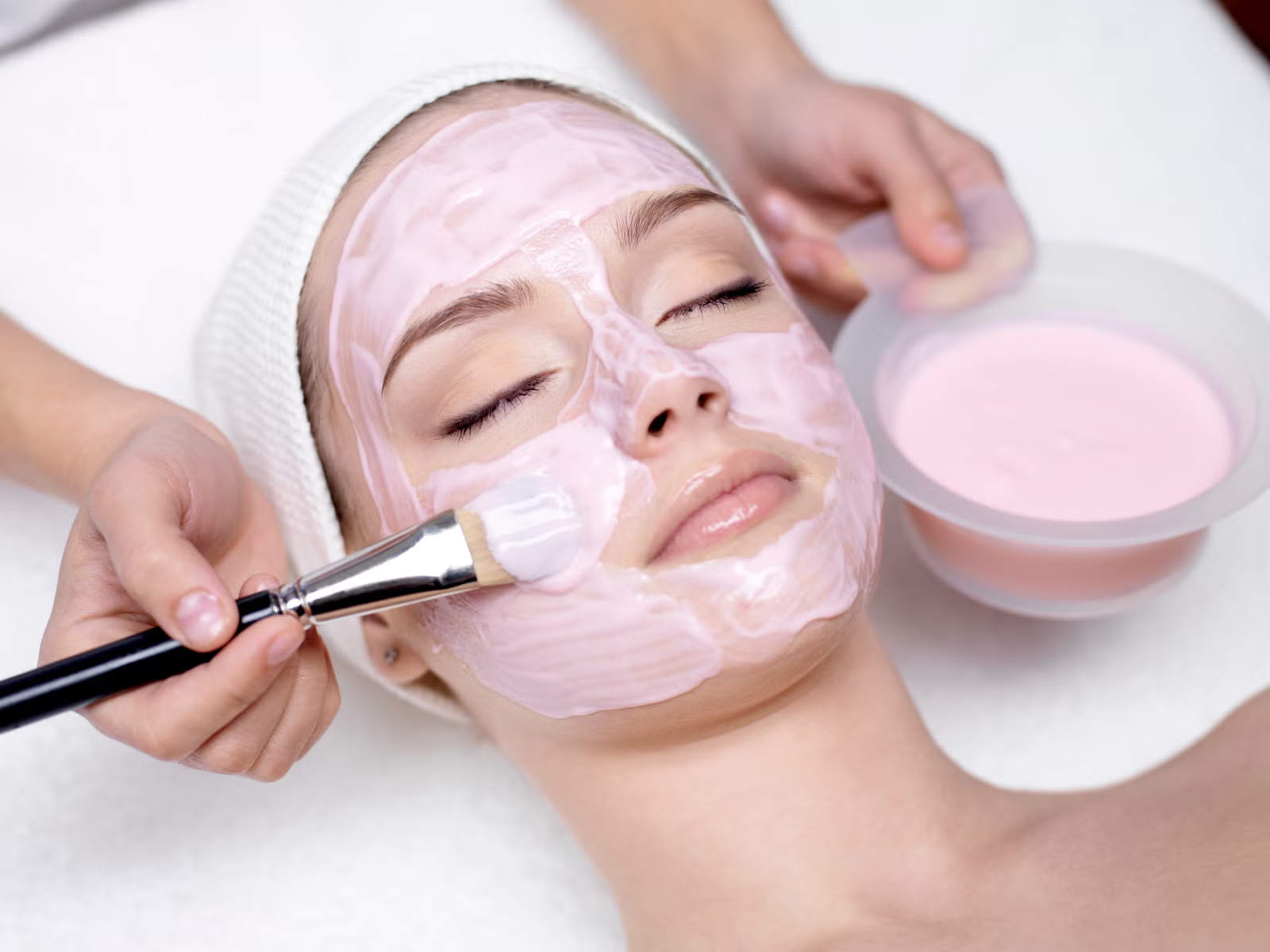
Effective Solutions for Oily, Acne-Prone T-Zone: Face Masks and Toners
How to Build an Effective Skincare Routine
1. Morning Routine
Skincare Routine Simplified: Your morning skincare prepares your skin for the day and protects it from environmental damage.
- Step-by-Step Guide:
- Cleanser: Use a lightweight, hydrating cleanser.
- Antioxidant Serum: Apply vitamin C for brightening and protection.
- Moisturizer: Lock in hydration with a lightweight moisturizer.
- Sunscreen: Apply a broad-spectrum SPF generously.
2. Evening Routine
Nighttime skincare focuses on repair and recovery.
- Step-by-Step Guide:
- Double Cleanse: Use an oil-based cleanser to remove makeup and follow with a water-based cleanser.
- Treatment Serum: Incorporate active ingredients like retinol or AHAs.
- Moisturizer: Use a richer cream to replenish moisture.
3. General Skincare Order
To maximize the efficacy of your products, follow this guideline for the correct order of application:
- Cleanser: Begin with a gentle cleanser to remove impurities.
- Toner: Follow with a toner to balance your skin’s pH.
- Exfoliant: Use an exfoliant to clear away dead skin cells.
- Booster, Treatment, and/or Serum: Apply these in order of thickness, starting with the most liquid product.
- Moisturizer: Finish with a moisturizer to seal in hydration.
By understanding and applying these steps, you ensure each product is absorbed effectively, enhancing your skincare routine’s overall performance.
How to Choose the Right Day Moisturizer for Your Skin Type
Selecting the perfect day moisturizer is crucial for maintaining healthy and balanced skin. Your skin type plays a significant role in determining which product will work best for you. Here’s a guide to help you make the right choice:
Identifying Your Skin Type
- Normal to Dry Skin
- Texture Matters: Opt for rich, creamy lotions. These formulations provide the extra hydration and nourishment that dry skin needs.
- Key Ingredients: Look for products containing hyaluronic acid, glycerin, and ceramides. These ingredients work wonders to lock in moisture.
- Oily to Combination Skin
- Lightweight By Design: Seek out lightweight, gel-based or liquid moisturizers.
- Non-Comedogenic: It’s essential that these formulas do not clog pores. Ingredients like salicylic acid or niacinamide can help control oil without drying out the skin.
Additional Considerations
- Sensitivity: If you have sensitive skin, choose fragrance-free and hypoallergenic formulas to minimize irritation.
- Sun Protection: Consider a moisturizer with SPF to protect your skin from harmful UV rays throughout the day.
Tips for Testing Moisturizers
- Patch Test: Apply a small amount on a discreet area like your wrist. Wait 24 hours to check for any adverse reactions.
- Trial and Error: It may take trying a few different products before finding the perfect match for your skin’s needs.
By understanding the unique characteristics of your skin type and considering factors like texture and ingredients, you’ll be better equipped to choose a day moisturizer that complements your skincare routine.
2. Evening Routine
Skincare Routine Simplified: Nighttime skincare focuses on repair and recovery.
- Step-by-Step Guide:
- Double Cleanse: Use an oil-based cleanser to remove makeup and follow with a water-based cleanser.
- Treatment Serum: Incorporate active ingredients like retinol or AHAs.
- Moisturizer: Use a richer cream to replenish moisture.

What Benefits Should a Night Cream Provide?
When it comes to selecting the perfect night cream, there’s more to consider than just hydration. An effective night cream should be a powerhouse of benefits, working diligently while you sleep to enhance your skin’s natural beauty.
1. Antioxidant Protection
Night creams rich in antioxidants are essential. These ingredients help combat free radicals, the pesky culprits behind premature skin aging. By neutralizing these free radicals, antioxidants aid in preserving a youthful complexion.
2. Enhanced Skin Communication
Look for night creams with cell-communicating ingredients. These components can boost your skin’s natural repair processes, ensuring skin cells function optimally for improved resilience against environmental stressors.
3. Skin-Repairing Agents
Night creams should also contain ingredients that support skin repair. These might include ceramides, peptides, or niacinamide, which work to restore the skin’s barrier for a healthier looking complexion.
4. Tailored Textures for All Skin Types
A variety of textures—be it cream, lotion, gel, or liquid—allow you to pick a product that matches your skin type and comfort preferences. Whether you have dry, oily, or combination skin, there’s a texture that will suit your needs.
5. Eye Area Compatibility
The delicate eye area can greatly benefit from the nourishing and repairing qualities of night creams. Choose a formula gentle enough for this sensitive area to help reduce fine lines and puffiness.
6. The Final Touch in Your Routine
Applying a night cream as the last step in your evening skincare regimen seals in moisture and active ingredients. This locking mechanism ensures your skin wakes up smoother and more radiant.
By choosing a night cream with these benefits, you’re investing in a more youthful and vibrant appearance. Allow your skin to rejuvenate at night with ingredients that truly make a difference.
3. Weekly Treatments
Enhance your routine with occasional treatments.
- How to Incorporate:
- Exfoliation: Use a chemical exfoliant (like glycolic acid) 1-2 times a week. Integrate it after your toner and before any booster or serum.
- Face Masks: Choose hydrating, detoxifying, or brightening masks based on your skin’s needs. Apply these after cleansing and toning for optimal results.
When adding products to your routine, follow this guideline for daily use:
- Cleanser: Start with a gentle cleanser to remove impurities.
- Toner: Follow up with a toner to balance your skin’s pH.
- Exfoliant: If it’s your designated exfoliation day, use this next.
- Booster, Treatment, and/or Serum: Apply these in order of thickness, starting with the most liquid product first.
- Moisturiser: Seal in all the benefits with a moisturizer tailored to your skin type.
Skincare Routine Simplified: By blending these steps with your weekly treatments, you can create a comprehensive skincare routine that addresses daily needs while incorporating the added benefits of specialized treatments.
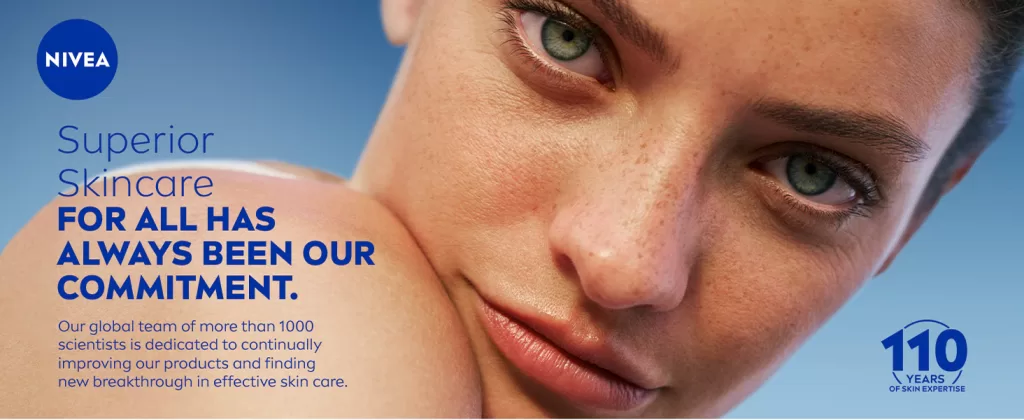
Why is Exfoliation Important in a Skincare Routine?
Exfoliation plays a crucial role in maintaining vibrant and healthy skin. By gently removing layers of dead skin cells, it reveals the fresh, new skin underneath. This process not only improves the skin’s texture but also enhances its overall appearance.
Key Benefits of Exfoliation
- Brightens the Complexion: Say goodbye to dullness! Exfoliation promotes a radiant glow by sloughing away dead skin cells that can make skin look lackluster.
- Reduces Signs of Aging: Regular exfoliation helps diminish the appearance of sun damage and wrinkles, giving your skin a smoother, more youthful look.
- Prevents Breakouts: By unclogging pores and removing blackheads, exfoliation can significantly reduce breakouts. This keeps your skin clearer and helps prevent future blemishes.
- Enhances Product Absorption: Once your skin is free from dead cells, it can better absorb other skincare products. This means that serums, moisturizers, and other treatments can penetrate deeper, maximizing their effectiveness.
Integrating Exfoliation into Your Routine
- Timing Is Key: Typically, exfoliation is best used as the second step in your skincare routine, immediately after cleansing.
- No Rinse Required: Most leave-on exfoliants don’t need to be rinsed off, allowing you to seamlessly continue with your other skincare steps.
Adopting a consistent exfoliation habit can not only boost your skin’s appearance but also enhance the efficacy of your entire skincare regime.
How to Choose the Right Exfoliant for Your Skin Type
Selecting an exfoliant suitable for your specific skin type can enhance your skincare routine and address particular concerns. Here’s a guide to help you make an informed decision:
Understand the Types of Exfoliants
- Alpha Hydroxy Acids (AHAs): Ideal for those with dry or sun-damaged skin. AHAs work on the skin’s surface, helping to remove dead cells and improve moisture retention.
- Beta Hydroxy Acids (BHAs): Best suited for oily, combination skin or skin prone to breakouts and blackheads. BHAs penetrate deeper, exfoliating both the surface and inside the pores. They are also known for their anti-inflammatory properties, which can help soothe redness and sensitivity.
Consider Your Skin Concerns
- Dryness and Uneven Skin Tone: Opt for AHAs, like glycolic acid or lactic acid, to improve hydration and promote an even complexion.
- Oily Skin and Acne: BHAs, such as salicylic acid, are effective in clearing pores and reducing breakouts.
- Sensitive Skin: Both AHAs and BHAs can be suitable, but start with a lower concentration to minimize irritation. Products with gentle formulations are key.
Additional Tips
- Perform a Patch Test: Before incorporating a new exfoliant into your routine, test it on a small area of your skin to ensure you don’t have an adverse reaction.
- Balance Your Routine: Use exfoliants in conjunction with a calming moisturizer and sunscreen to protect and restore your skin post-exfoliation.
By carefully considering your skin type and its unique needs, you can choose an exfoliant that delivers the best results for your skincare goals.
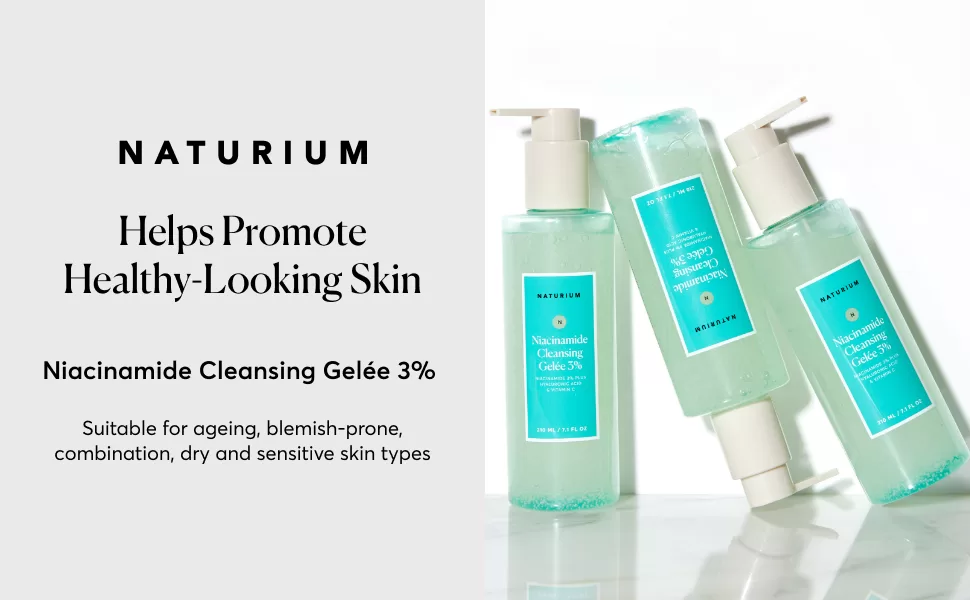
Where to Find the Right Skincare Products
1. Reliable Retailers
Choose stores that prioritize quality and authenticity.
- Options:
- Online: Dermstore, Sephora, or Ulta.
- Pharmacies: CVS, Walgreens, or Boots.
- Luxury Stores: Department stores like Nordstrom or Saks Fifth Avenue.
2. Sustainable and Ethical Brands
If eco-consciousness matters to you, explore cruelty-free and sustainable options.
- Recommendations:
- The Ordinary: Affordable and transparent formulations.
- Drunk Elephant: Clean ingredients.
- Youth to the People: Sustainable packaging.
3. Dermatologist Recommendations
For medical-grade skincare, consult your dermatologist.
- Brands to Explore:
- SkinCeuticals
- La Roche-Posay
- Obagi
Can One Skincare Product Address All Skin Concerns?
Skincare Routine Simplified: The short answer is no—one skincare product cannot tackle every skin concern. While the allure of a miracle cream is tempting, achieving healthy, radiant skin usually requires a multi-product approach.
Why a Single Product Falls Short
- Diverse Skin Types: Everyone has unique skin, be it oily, dry, sensitive, or a combination. One product simply can’t cater to the intricate needs of all these diverse skin types.
- Variety of Concerns: Issues like wrinkles, sun damage, clogged pores, dullness, dehydration, breakouts, and redness each demand specific ingredients. No single formulation can effectively address this broad spectrum of concerns.
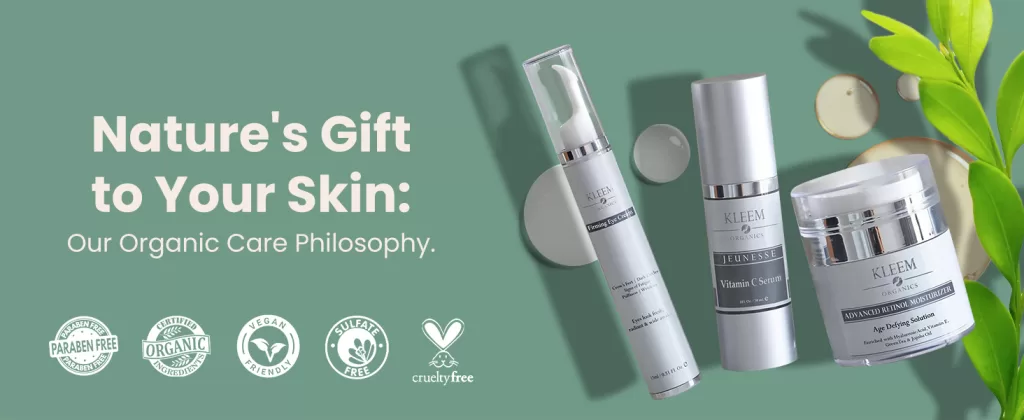
Building an Effective Skincare Routine
- Start with the Basics: A simple routine often begins with:
- Cleanser: Removes impurities and prepares your skin for other products.
- Moisturizer: Keeps skin hydrated and maintains its barrier.
- Sunscreen: Protects against UV rays and prevents further damage.
- Expand with Targeted Treatments:
- Serums: Tackle specific issues like pigmentation or fine lines with concentrated formulas.
- Exfoliants: Clear away dead skin, improving texture and tone.
- Masks: Offer a deep treatment for hydration, detoxifying, or calming effects.
Tailoring to Your Needs
Always tailor your skincare regimen to your specific concerns. Brands like The Ordinary, CeraVe, and Neutrogena offer diverse products that enable customization to meet individual needs. With the right combination, you can effectively manage and improve your skin’s condition over time.
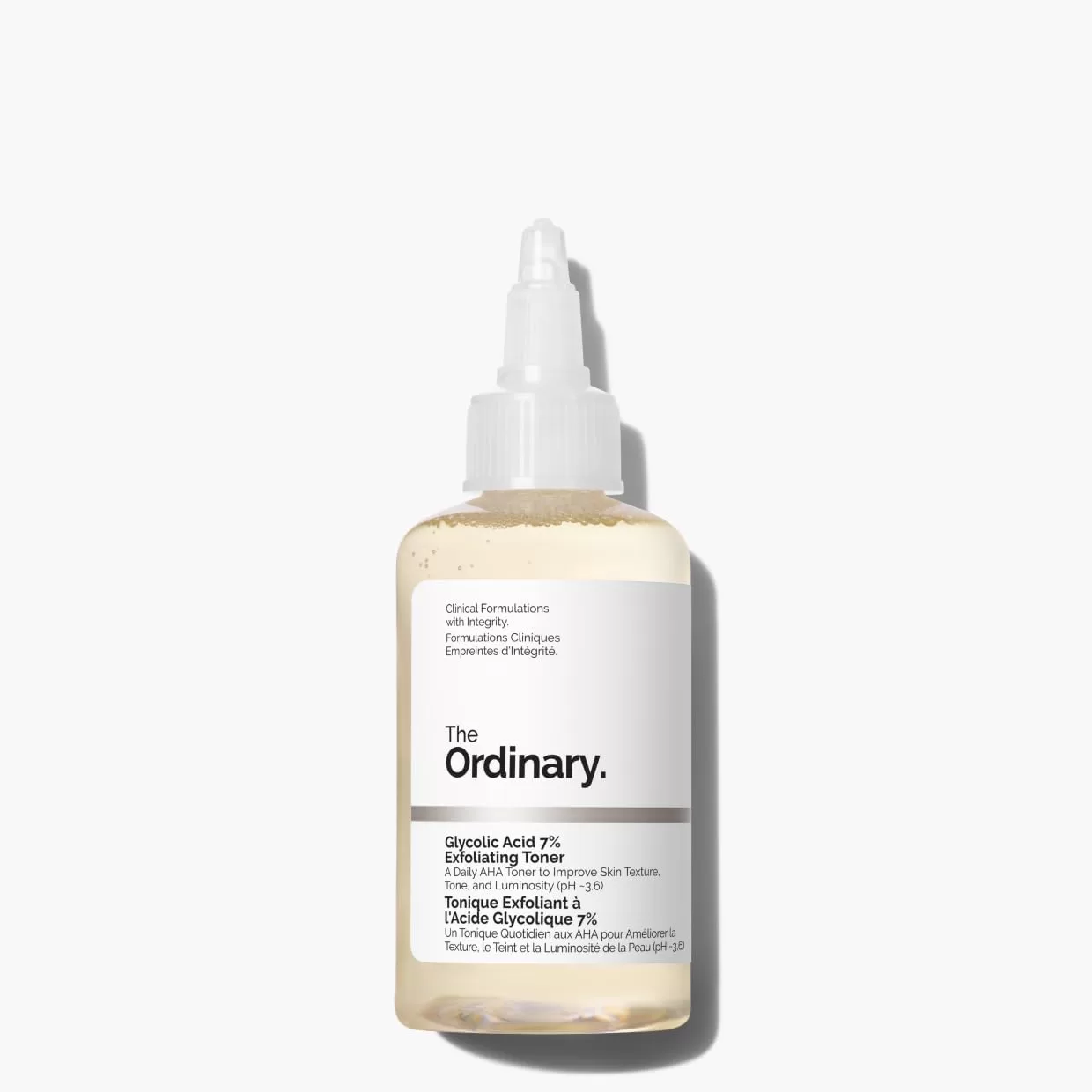
The Ordinary: Skincare Simplified
How to Address Specific Skin Issues
1. Acne
Acne is one of the most common skincare concerns.
- Solutions:
- Use a salicylic acid cleanser.
- Apply benzoyl peroxide to active breakouts.
- Incorporate a retinoid to prevent clogged pores.
2. Hyperpigmentation
Uneven skin tone often requires patience and targeted ingredients.
- Key Ingredients:
- Vitamin C for brightening.
- Hydroquinone for stubborn spots.
- Sunscreen to prevent further damage.
3. Aging Signs
Fine lines and wrinkles can be addressed with a proactive approach.
- How to Prevent and Treat:
- Use retinol to boost collagen production.
- Apply sunscreen daily.
- Incorporate peptides and antioxidants.
4. Dryness and Dehydration
Combat dryness with consistent hydration and protection.
- Tips:
- Use a hyaluronic acid serum.
- Seal moisture with a ceramide-rich cream.
- Avoid over-cleansing.
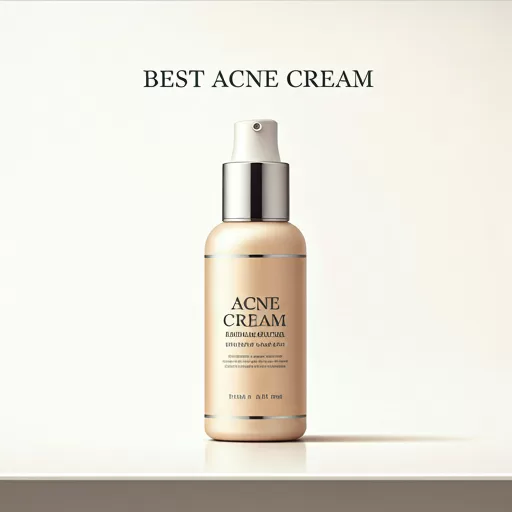
Alexa, What’s the Best Acne Cream for My Skin?
Where and How to Sustain Results
1. Consistency is Key
Sticking to your routine is crucial for long-term results.
- How to Maintain Discipline:
- Set reminders.
- Keep products visible.
- Establish a routine you enjoy.
2. Regular Dermatologist Visits
Schedule professional check-ups for personalized advice.
- Frequency:
- Annually for general skincare.
- Quarterly for advanced treatments like chemical peels or laser therapy.
3. Seasonal Adjustments
Adapt your skincare to changes in weather.
- Summer: Focus on lightweight hydration and sun protection.
- Winter: Use richer moisturizers to combat dryness.
How to Know if Your Skincare Routine is Right for You
Skincare Routine Simplified: Finding the right skincare routine can feel like a personal quest. Here are some clear signs that you’re on the right track and tips on how to fine-tune your regimen:
Look for Visible Improvements
- Enhanced Skin Texture: Notice if your skin feels smoother and more supple. This is often a sign that your products are delivering effective hydration.
- Brighter Complexion: A luminous glow can indicate that your routine is addressing dullness and uneven skin tone, often thanks to ingredients like vitamin C and niacinamide.
- Reduction in Problem Areas: Even though more stubborn issues take time, a gradual improvement in trouble spots—like acne, dark spots, or fine lines—suggests your regimen is working.
Be Patient and Consistent
- Results take time. It usually requires at least two weeks to start seeing changes. More persistent issues may need a longer period for noticeable improvements.
- Consistency is key. Stick with your routine daily to allow active ingredients to work their magic.
Avoid Overloading Your Skin
- Keep it simple. Overusing products, especially new ones, can overwhelm your skin, leading to irritation or breakouts. Introduce one product at a time to monitor its effects.
Customize Based on Your Skin’s Needs
- Use product quizzes or consult with dermatologists to tailor your routine to your skin type—whether it’s oily, dry, or combination. This ensures that you’re addressing specific skincare concerns effectively.
By observing these signs and tweaking your regimen accordingly, you’ll be able to determine whether your skincare routine is truly beneficial or if it needs an adjustment.
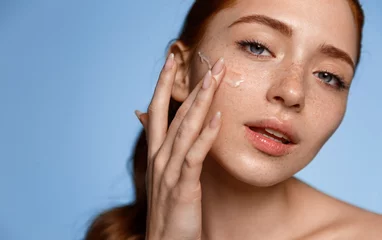
Ultimate Skin Hydration: Mixing Body Lotion and Face Oil for Silky Smooth Skin
FAQs: Skincare Routine Simplified
1. What is the best way to start a skincare routine?
Start by identifying your skin type, addressing specific concerns, and building a basic routine with a cleanser, moisturizer, and sunscreen.
2. How do I determine my skin type?
Wash your face, leave it bare for an hour, and observe. Oily skin will appear shiny, dry skin may feel tight, and combination skin will have an oily T-zone.
3. What are the essential skincare products for beginners?
A gentle cleanser, a hydrating moisturizer, and a broad-spectrum sunscreen are must-haves for any beginner.
4. How often should I exfoliate my skin?
Exfoliate 1-2 times a week using a chemical exfoliant to remove dead skin cells and prevent over-irritation.
5. Can I use the same products for morning and evening?
Some products like cleansers and moisturizers can overlap, but treatments like vitamin C are best for mornings, while retinoids are ideal for evenings.
6. How long does it take to see results from skincare products?
Most products take 4-6 weeks to show visible results, though treatments for acne or hyperpigmentation may take longer.
7. Is sunscreen necessary even on cloudy days?
Yes, UV rays can penetrate clouds, so wearing sunscreen daily is essential for skin protection.
Conclusion: Skincare Routine Simplified
Skincare Routine Simplified: Skincare doesn’t have to be complicated. By understanding where to start, how to build an effective routine, and where to find reliable products, you can achieve your skincare goals with confidence. Remember, consistency and patience are your best allies. With the right approach, skincare is truly solved.

Explore more articles like this @ Where And How Resources
If you found this article helpful, don’t forget to share it with your friends and followers!



